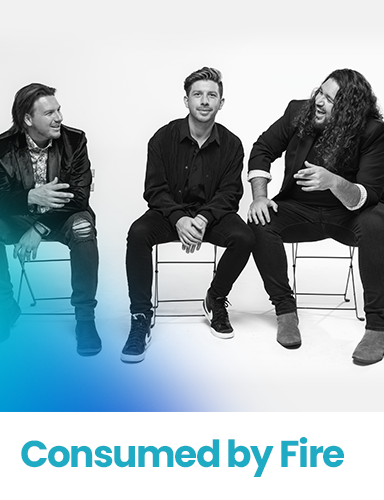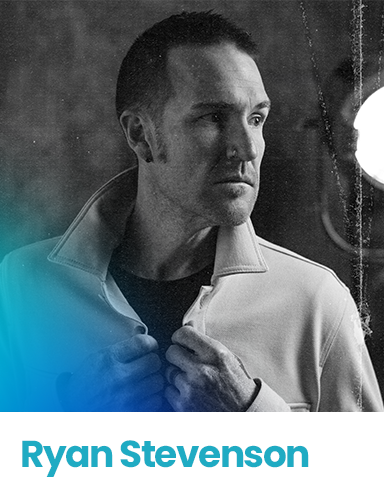
The Critical Role of Communication Paths in Listener Trust
Radio is a career of relocation. When it’s time for a job change (by choice or by force), many times it requires moving to a new city, and building a new life in a sense. I married a radio guy, so between the two of us, we’ve made such moves multiple times. And one thing that a move initiates is finding a new doctor.
I’m probably like most wives in that I’m the one bugging my husband about going to the doctor – and for selfish reasons – I love him so much, I want as much time as possible with him on this earth, and that means regular health checkups! So I happily lead the charge in finding doctors and making appointments.
After our most recent move, this process of deciding on a new doctor perfectly displayed the importance of UX (User Experience) when it comes to our radio stations.
When a recent non-urgent ailment popped up during non-business hours for the doctor, I followed a natural behavior that many people do:
Google the clinic name – find the website – and fill out the online form for an appointment.
This is not an unusual or uncommon behavior. Online forms for contact are standard and provide a convenient way for people to reach out, especially outside of business hours.
I never heard back from the doctor’s office.
Days later, I still needed to make an appointment, so I went back to the same website and called the number posted. My only option was to leave a voicemail for a call back. So I did at around Noon. I got a call back the next morning.
That seems reasonable. But the timing of the returned call wasn’t the problem, it was the tone.
When I answered, the receptionist confirmed I wanted to make an appointment and I said, “I don’t know.”
Me: I’m a little concerned that I sent an appointment request and never heard back, so I’m considering looking for a new doctor.
Her: What patient portal did you use?
Me: Ummm…I just went to your website.
Her: Well, we use [such and such] patient portal and I see that you’re signed up.
(Side note – I’m sure I AM signed up for their portal, but as someone who is generally healthy, I don’t have all their idiosyncrasies memorized.)
Me: [opening their website on my computer while we’re on the phone to check the method] On your website, it says “request an appointment”. I clicked that link, filled out the form, and never heard back.

Her: Oh, so would you like to make an appointment?
Me: Ummm…no, I don’t think so. If I change my mind, I’ll call you back.
Call ended.
Now before you think, “Really??? One small miss and you’re never going back?”, know that I had already had a couple of visits that were not great at all. So this really just confirmed for me that I need to make a change.
And I would argue this was not a small miss. This was a big miss. I followed a simple user journey on their website and they failed to deliver any results. When I shared my concern, it was met by a lack of interest in the fact that their user path doesn’t work.
You’ll notice in the graphic above, that the link I used is in what is considered “prime real estate” on a website, the upper right corner.
Take 60 minutes this week and check your radio station’s published contact methods.
- Do they work?
- Does someone respond or answer?
- How long does it take someone to hear back from those different contact sources?
(Pro tip: during business hours, people expect a response from a voicemail or email within 24 hours; texting and social media responses are expected within hours)
Not as easy to test, but the most important thing to insure in communication with listeners is that any feedback they share is met with consideration, rather than dismissal. Being intentional with people for a Christian radio station is “cost of entry”. To exist in the space, your organization must embody a “welcoming” tone. That’s a non-negotiable.






















































































































